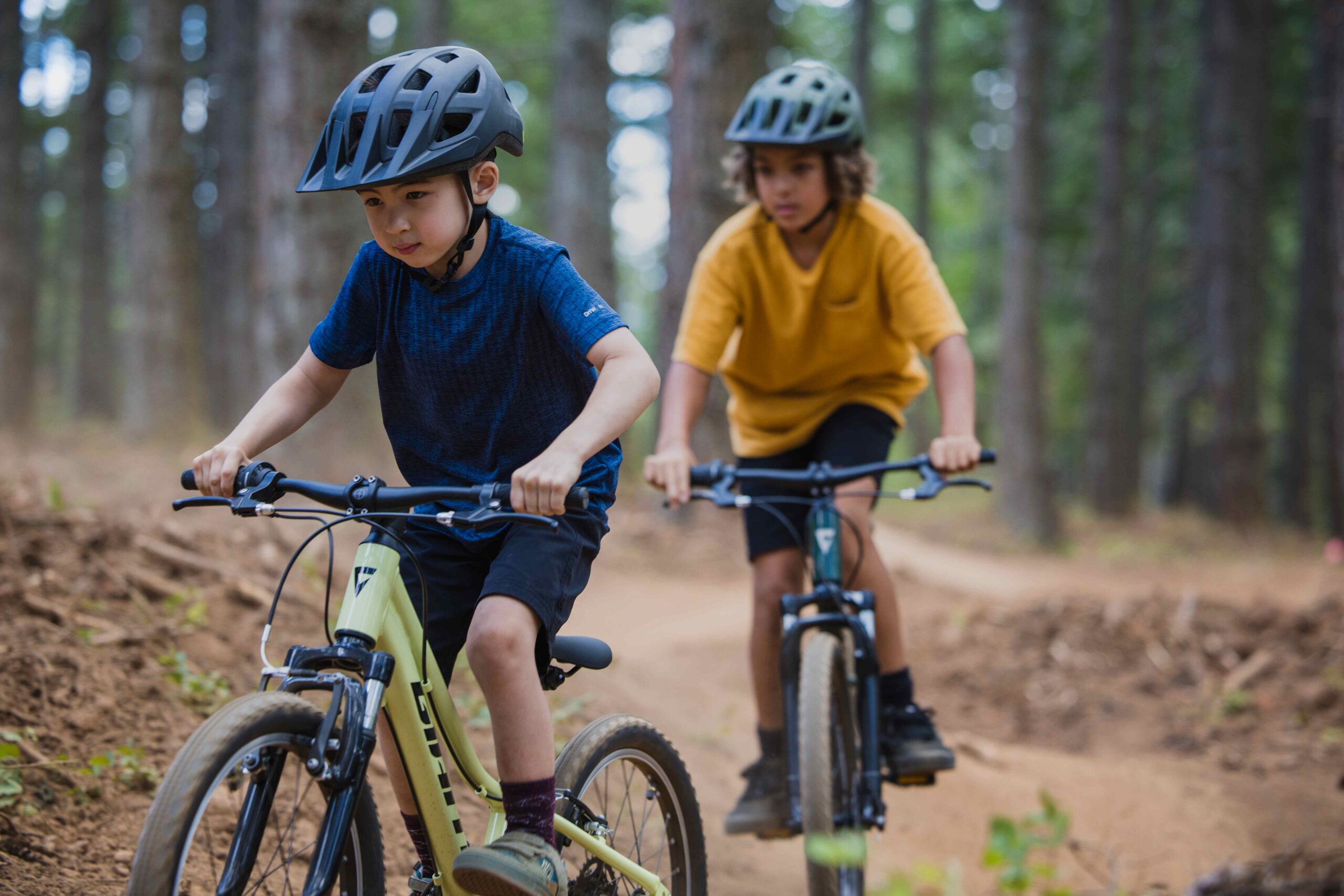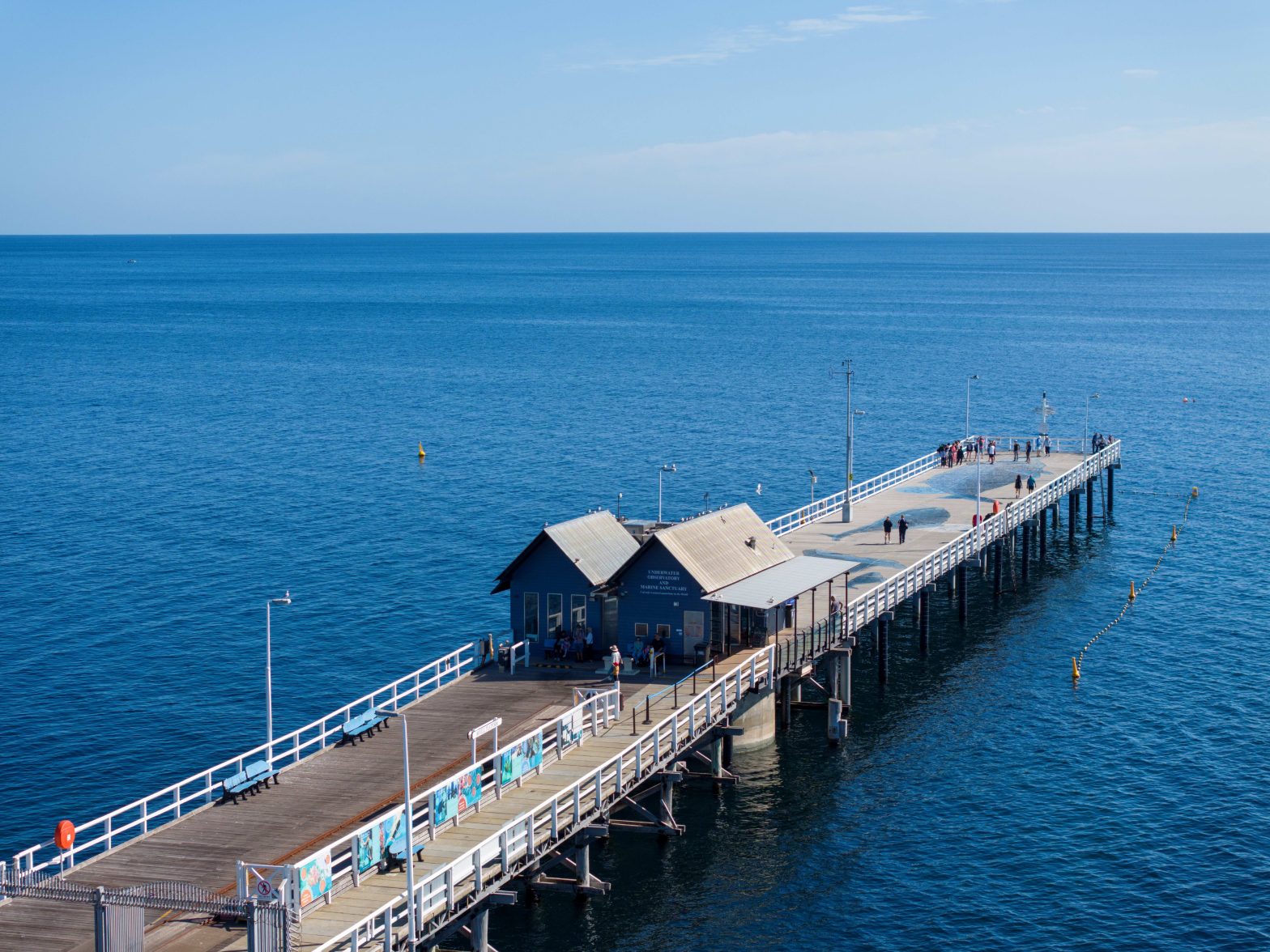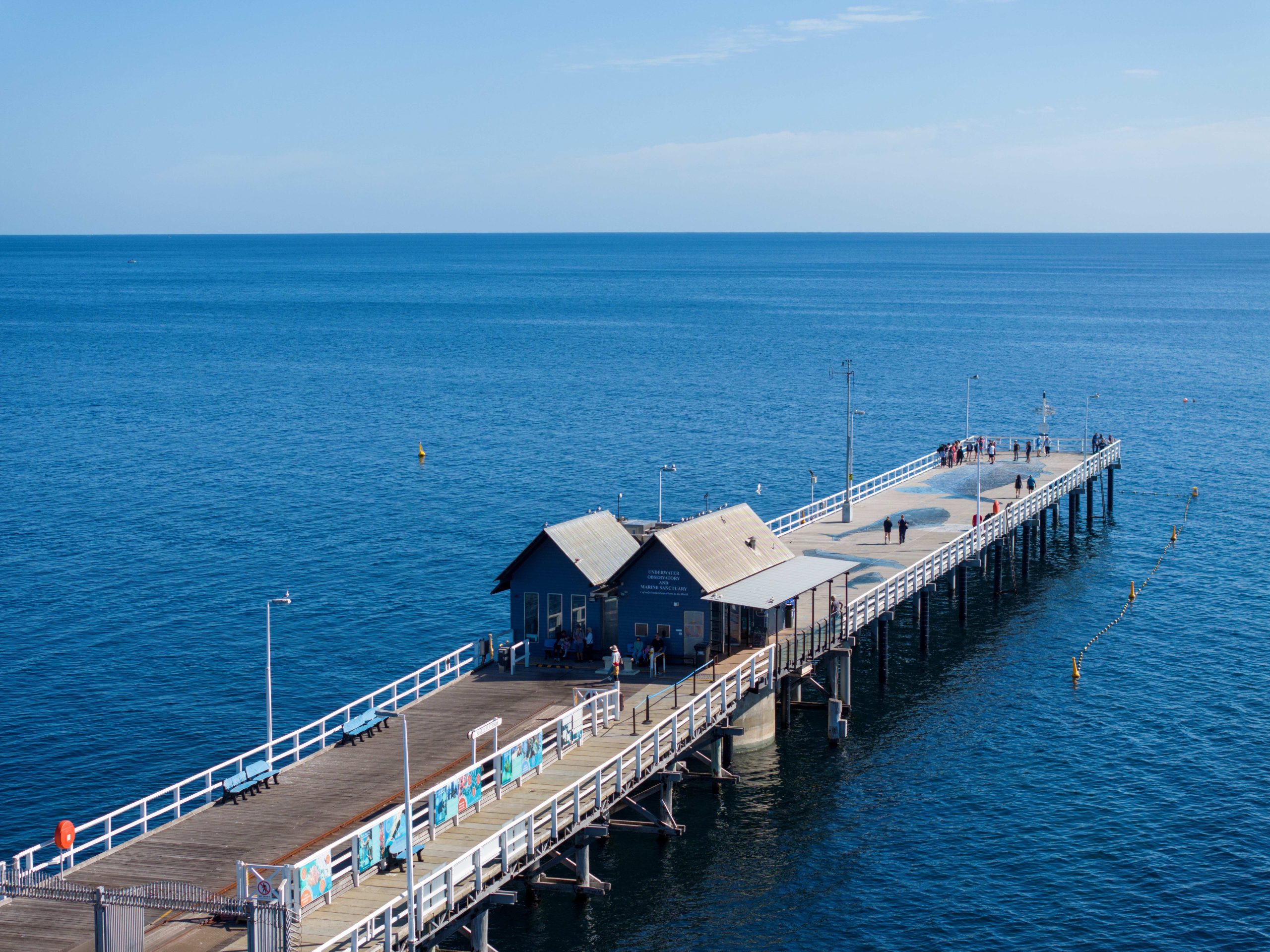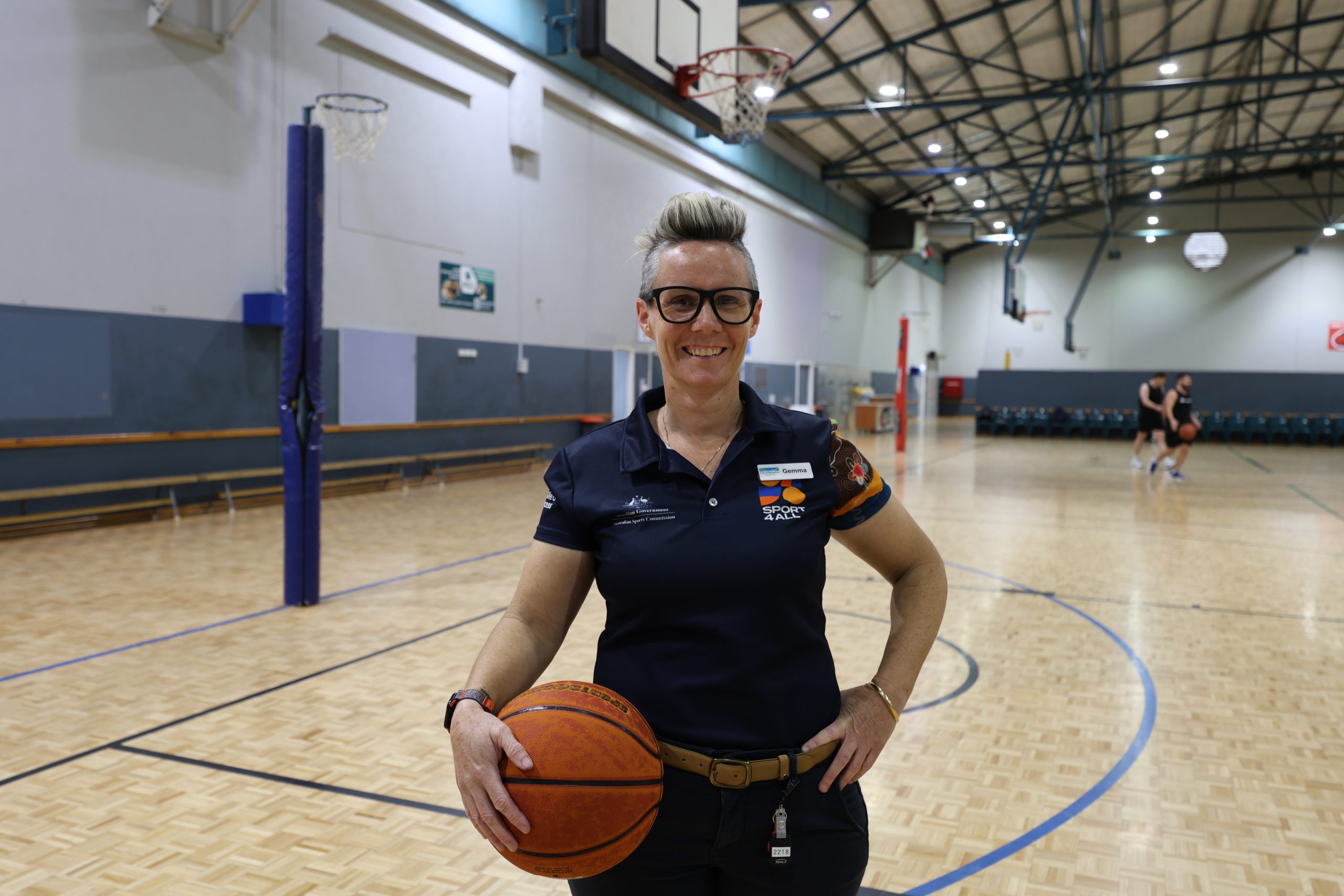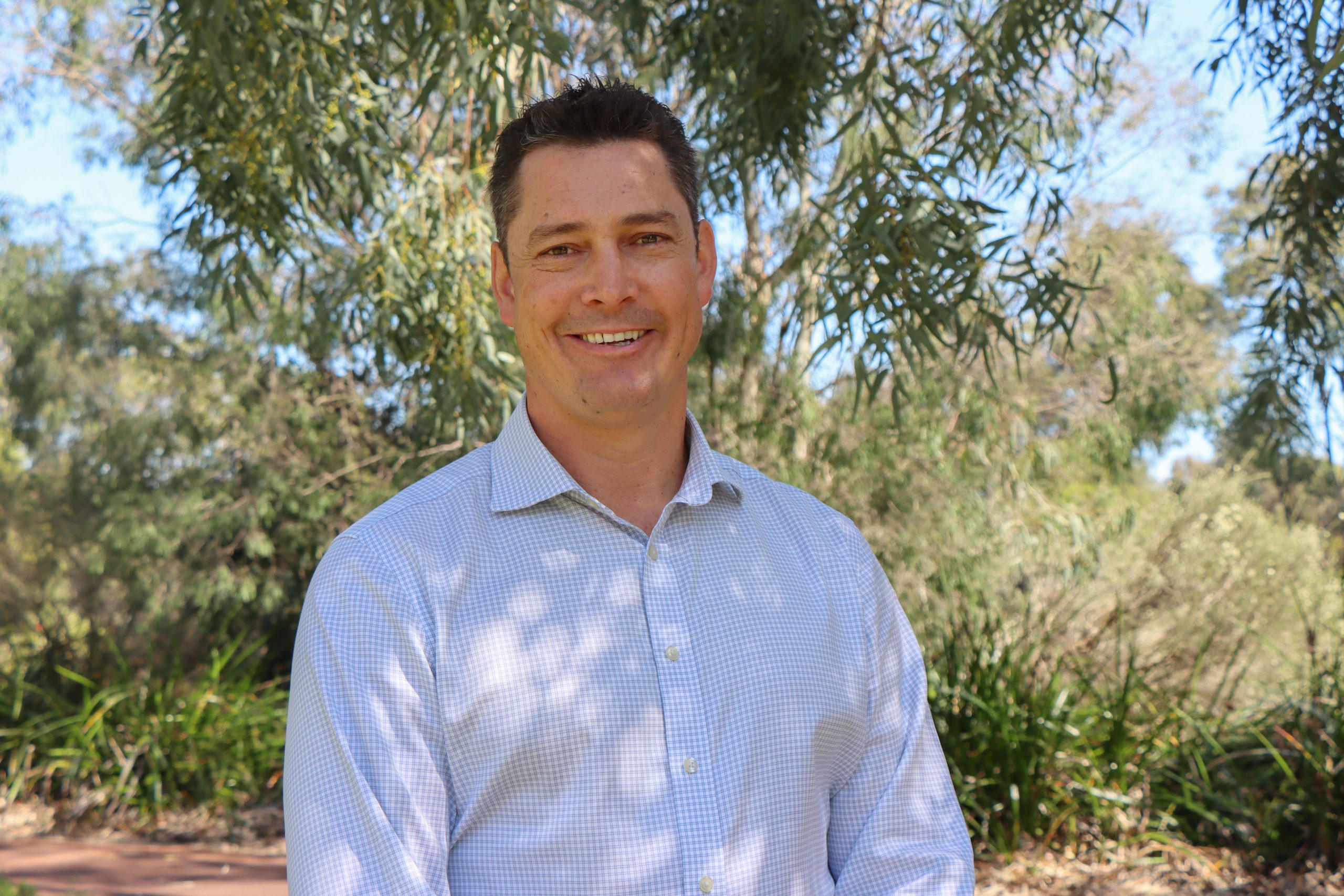Group urges more care for our coastal bird species
Do you know an oyster catcher from an osprey or a kestrel from a Pacific gull?
Nature Conservation’s Caring for Coast program is putting the spotlight on our region’s special coastal bird species – and wants every local to be able to identify them.
While there has been much publicity about the endangered hooded plover, Caring for Coast program coordinator Mandy Polley says other shorebirds that we may see at the beach are “beautiful, fascinating, and worth knowing more about”.
“We really want locals to know more about these species, why they’re important to the ecosystem, and the simple things we can all do to help these birds survive and thrive,” she said.
“If you sit and watch shorebirds for a few minutes and learn more about their habits, you’ll undoubtedly be delighted by these animals.”
“For instance, sooty and pied oystercatchers are similar looking with long red bills. Sooties are all black and pieds are black and white.
“They both can use their long bill to stab at prey or to lever, prise or hammer open food items, including molluscs.
“Sooty oystercatchers even drink seawater! On our coastline you will often see these birds either alone or with a partner.”
Christine Wilder from BirdLife WA’s Cape to Cape Bird Group has spent 40 years volunteering to protect shorebirds and other species and is passionate about their conservation.
“Here in Australia around 54 species of shorebirds regularly occur. They are often referred to as waders and include both resident and migratory shorebirds,” Christine said.
“In the capes, four resident species are known as beach-nesting birds – the Western Hooded Plover, Red-capped Plover, Pied Oystercatcher and Sooty Oystercatcher.
“Migratory shorebirds are pretty special too – however in recent years their numbers have been dropping alarmingly due to conditions they face along their flyway, to and from the northern hemisphere, and also threats when spending summer here in Australia”.
While many of us like to take our dogs to the beach, Nature Conservation says dogs can have a big impact on shorebirds.
“When uncontrolled dogs roam across a beach, their movements may cause birds such as hooded plovers to leave their nest.
“Dogs can also crush the eggs, while plover chicks are vulnerable because they can’t fly out of harm’s way for five weeks after hatching,” Mandy said.
“Our shorebirds are an important part of our coastal ecosystem, and to conserve them we need to do more than simply coexist with them.
“They face so many threats to their survival, including climate change, dogs, beachgoers and four-wheel driving.
“But we can protect them by only walking dogs at designated dog-exercise beaches, walking along the water’s edge, respecting fencing and signage during shorebird breeding season, and four-wheel driving below the high tide mark and at low tide.”
The Caring for Coast program is funded through the Line in the Sand philanthropic group, while the Shire’s Environmental Management Fund is helping to put the spotlight on coastal education.












